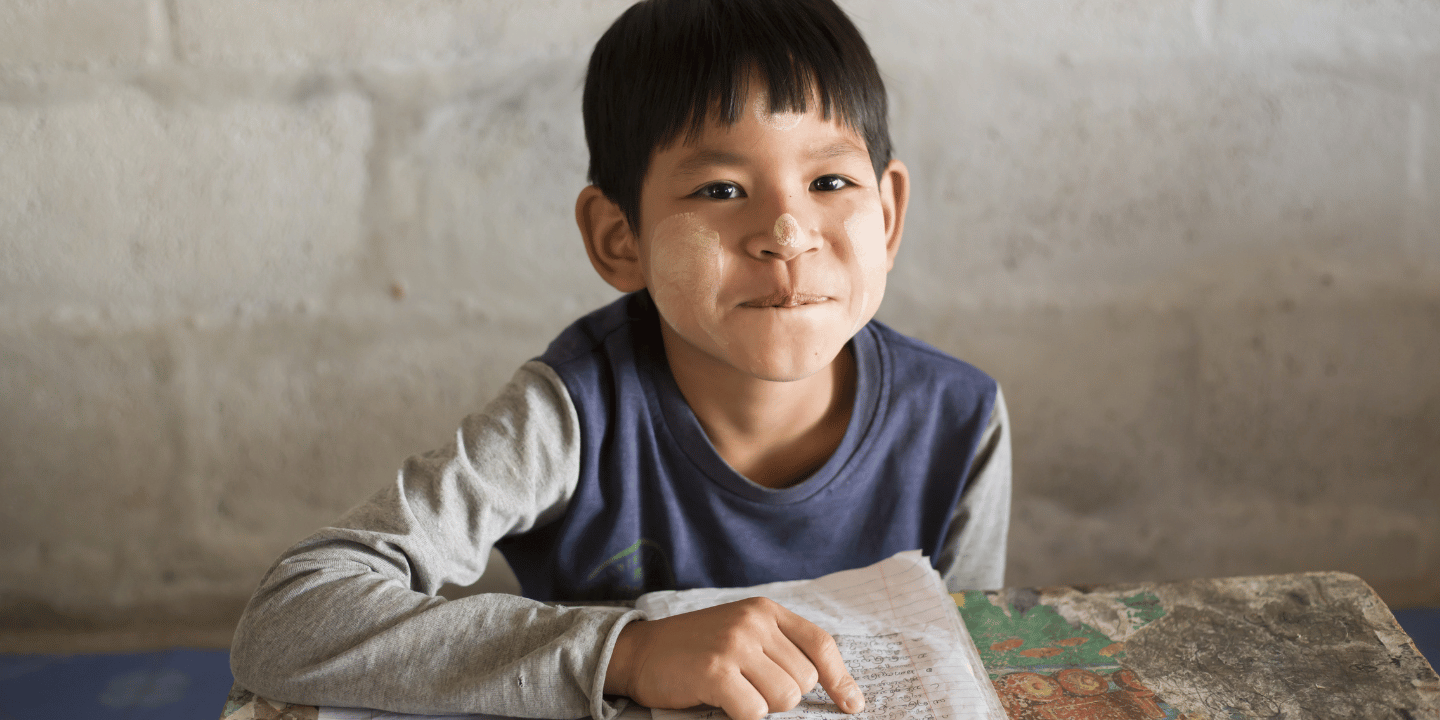
Understanding challenges with language of instruction in multilingual contexts
8 Sep 2024 8 minute readThis International Literacy Day, we’re using research in the Asia-Pacific region to highlight the importance of language of instruction to the education outcomes of children.
With more than 3,000 documented languages, the Asia-Pacific region is one of the most linguistically diverse places in the world. In Papua New Guinea alone, there are 839 spoken languages – the highest number for any country in the world.
About 40% of the global population does not have access to education in a language that they speak or understand. Research within the Asia-Pacific region shows the impact that language can have on educational outcomes. Students whose mother tongue is not the same as the language of instruction face additional barriers to learning and are more likely to leave school early.
This year, International Literacy Day celebrates the theme of ‘Promoting multilingual education: literacy for mutual understanding and peace.’ Drawing on findings from ACER’s research in the Asia-Pacific region, we’re highlighting the challenges that language of instruction can have on children’s learning, and how well-planned and resourced language in education policies can make education more equitable for all.
In Southeast Asia, there are wide disparities between the numbers of students who attend primary education in their first language. For example, while 90% of students in Cambodia and Viet Nam attend primary school in their first language, only 25% in Brunei Darussalam and Indonesia do.
Initiated in 2012, the Southeast Asia Primary Learning Metrics (SEA-PLM) is a cross-national assessment program that examines the learning outcomes of Grade 5 students in Southeast Asia. SEA-PLM 2019 found that children who did not primarily use the test language at home were more likely to perform poorly.
In the Pacific, hundreds of languages exist. And while English is a common language of instruction in school, students may use different languages in the home.
The Pacific Islands Literacy and Numeracy Assessment (PILNA) aims to monitor student achievement in literacy – reading and writing – and numeracy at the end of 4 and 6 years of primary school. Undertaken in 15 countries in the Pacific Islands, PILNA collects information on reading and writing through its literacy assessment.
PILNA 2021 found that students who performed better in reading tended to use the language of assessment in more settings. This suggests that using a language in every day conversation may improve students’ reading ability.
The complex discussion between mother tongue or the adoption of a common language of instruction continues to be fiercely debated. One critical issue is the need to not place unrealistic language demands on students, many of whom already face other challenging conditions. Providing children a solid basis for language development is key to their success.
Governments in the Asia-Pacific region have approached language in education policies in a myriad of ways. They are often tasked with carefully balancing resource availability, politics and cultural expression. Language policies are often ambitious, despite the complex linguistic and resource-constrained environments.
In some countries, there is no official accommodation of a child’s mother tongue. Many other countries have bilingual or multilingual policies for the first few years of primary school. Children may initially learn in their home language and have an ‘early exit’ transition to a second language (or third) by Grade 4. Often, policies may not be implemented in practice due to societal or community pressures to use more global languages and a lack of teacher training and materials in relevant languages.
It is not easy to obtain evidence on the impact of using mother tongue language as the language of instruction on learning outcomes. However, available evidence suggests that while ‘early exit’ transition programs show early promise, outcomes are not sustained once mother tongue support stops.
Students may lack the reading proficiency in their mother tongue to support a transition to reading with comprehension in another language. Where evidence of longer-term success exists, it relies almost exclusively on ‘late exit’ transition, with mother tongue instruction continuing at least until the end of primary school. This requires significant long-term funding backed by political will, as well as an environment in which the plan may be implemented.
Students should not have to cope, at least in primary school, with so many languages. The core language of instruction should be decided early on and see children through their primary education. Building foundational language, especially spoken language skills, is key to school success.
Children who do not speak the language of instruction at home need additional support. Curriculum and teaching practices may need to be adjusted to support these children to build a solid basis for language development.
Our recent Multi-Year Teacher Development Study in Lao People’s Democratic Republic (PDR) has shown that there is a need to bridge the gap between the home and school language environments, such as through intensive support for ethnic students to build their oral language skills. This is now being implemented by the Lao PDR government.
Planning and adequate resourcing is crucial to supporting the language development of students. There is often a gap between what is best practice, and what can realistically be achieved.
Teachers must be proficient in the relevant languages of instruction and have good command of languages of their students, trained in appropriate learner-centred pedagogy and literacy development, and supported by a suitable curriculum and teaching resources. Steps should also be taken to involve community members in education.
Getting the policy settings right and providing adequate support to effectively implement these policies is vital. What our research suggests is that children are being left behind. More support is needed to ensure that all children have the best possibility for success, no matter what language they speak at home.